Sidan Du
Multi-modal Fusion and Query Refinement Network for Video Moment Retrieval and Highlight Detection
Jan 18, 2025



Abstract:Given a video and a linguistic query, video moment retrieval and highlight detection (MR&HD) aim to locate all the relevant spans while simultaneously predicting saliency scores. Most existing methods utilize RGB images as input, overlooking the inherent multi-modal visual signals like optical flow and depth. In this paper, we propose a Multi-modal Fusion and Query Refinement Network (MRNet) to learn complementary information from multi-modal cues. Specifically, we design a multi-modal fusion module to dynamically combine RGB, optical flow, and depth map. Furthermore, to simulate human understanding of sentences, we introduce a query refinement module that merges text at different granularities, containing word-, phrase-, and sentence-wise levels. Comprehensive experiments on QVHighlights and Charades datasets indicate that MRNet outperforms current state-of-the-art methods, achieving notable improvements in MR-mAP@Avg (+3.41) and HD-HIT@1 (+3.46) on QVHighlights.
Zero-shot Video Moment Retrieval via Off-the-shelf Multimodal Large Language Models
Jan 14, 2025



Abstract:The target of video moment retrieval (VMR) is predicting temporal spans within a video that semantically match a given linguistic query. Existing VMR methods based on multimodal large language models (MLLMs) overly rely on expensive high-quality datasets and time-consuming fine-tuning. Although some recent studies introduce a zero-shot setting to avoid fine-tuning, they overlook inherent language bias in the query, leading to erroneous localization. To tackle the aforementioned challenges, this paper proposes Moment-GPT, a tuning-free pipeline for zero-shot VMR utilizing frozen MLLMs. Specifically, we first employ LLaMA-3 to correct and rephrase the query to mitigate language bias. Subsequently, we design a span generator combined with MiniGPT-v2 to produce candidate spans adaptively. Finally, to leverage the video comprehension capabilities of MLLMs, we apply VideoChatGPT and span scorer to select the most appropriate spans. Our proposed method substantially outperforms the state-ofthe-art MLLM-based and zero-shot models on several public datasets, including QVHighlights, ActivityNet-Captions, and Charades-STA.
Real-time Multi-view Omnidirectional Depth Estimation System for Robots and Autonomous Driving on Real Scenes
Sep 12, 2024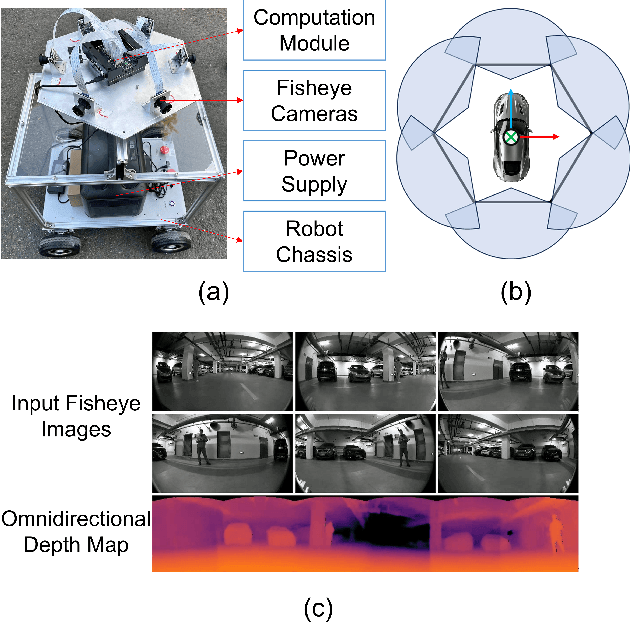

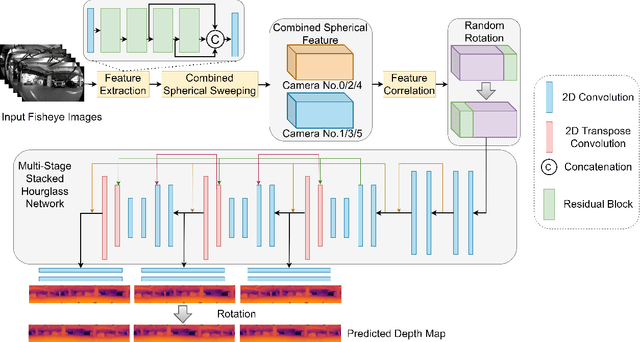
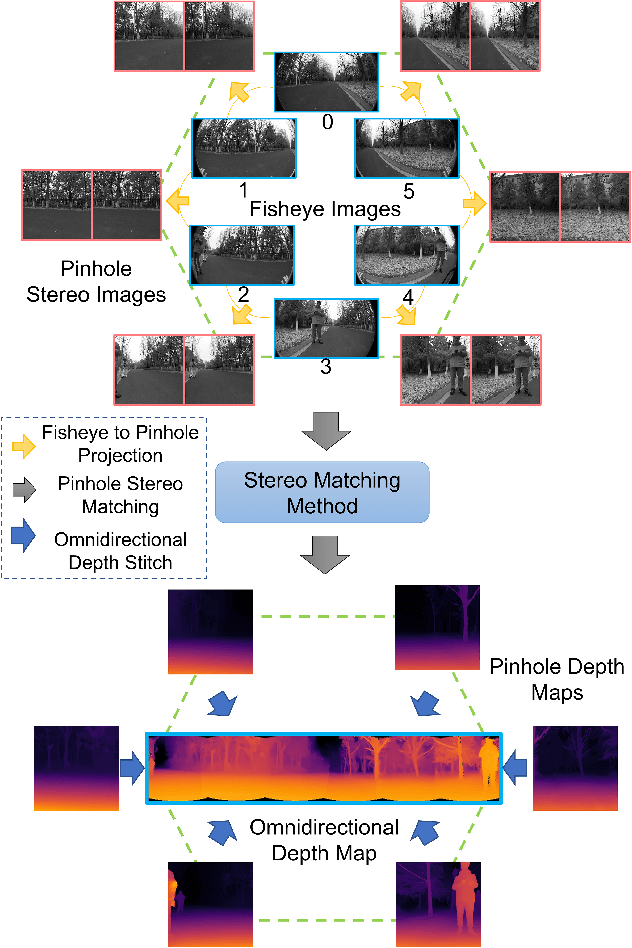
Abstract:Omnidirectional Depth Estimation has broad application prospects in fields such as robotic navigation and autonomous driving. In this paper, we propose a robotic prototype system and corresponding algorithm designed to validate omnidirectional depth estimation for navigation and obstacle avoidance in real-world scenarios for both robots and vehicles. The proposed HexaMODE system captures 360$^\circ$ depth maps using six surrounding arranged fisheye cameras. We introduce a combined spherical sweeping method and optimize the model architecture for proposed RtHexa-OmniMVS algorithm to achieve real-time omnidirectional depth estimation. To ensure high accuracy, robustness, and generalization in real-world environments, we employ a teacher-student self-training strategy, utilizing large-scale unlabeled real-world data for model training. The proposed algorithm demonstrates high accuracy in various complex real-world scenarios, both indoors and outdoors, achieving an inference speed of 15 fps on edge computing platforms.
GPTSee: Enhancing Moment Retrieval and Highlight Detection via Description-Based Similarity Features
Mar 10, 2024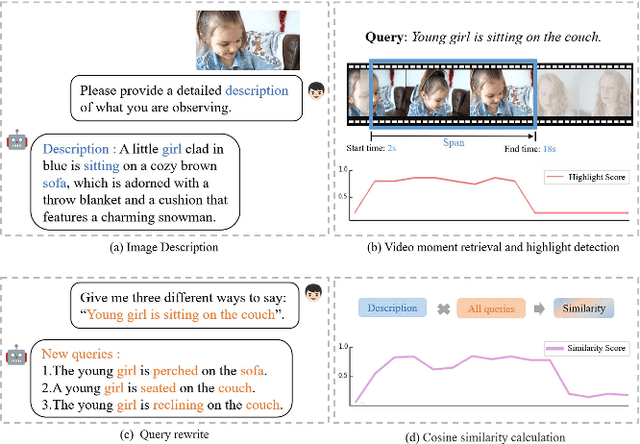
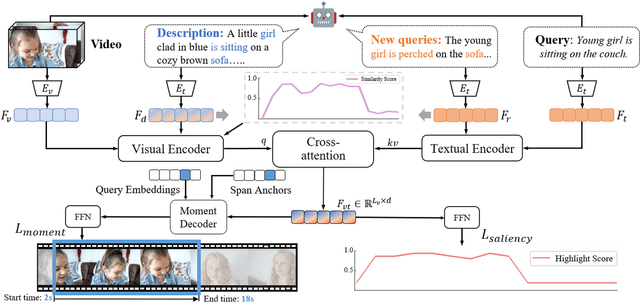
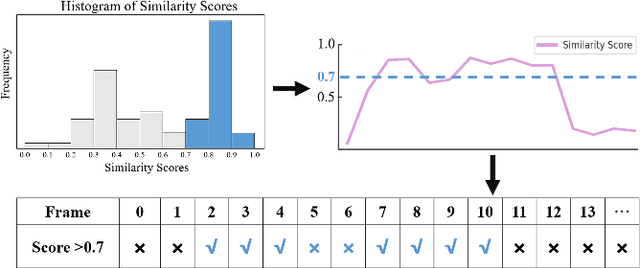
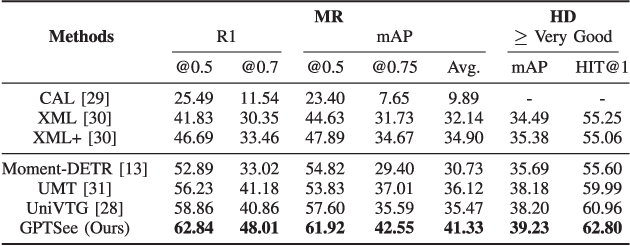
Abstract:Moment retrieval (MR) and highlight detection (HD) aim to identify relevant moments and highlights in video from corresponding natural language query. Large language models (LLMs) have demonstrated proficiency in various computer vision tasks. However, existing methods for MR\&HD have not yet been integrated with LLMs. In this letter, we propose a novel two-stage model that takes the output of LLMs as the input to the second-stage transformer encoder-decoder. First, MiniGPT-4 is employed to generate the detailed description of the video frame and rewrite the query statement, fed into the encoder as new features. Then, semantic similarity is computed between the generated description and the rewritten queries. Finally, continuous high-similarity video frames are converted into span anchors, serving as prior position information for the decoder. Experiments demonstrate that our approach achieves a state-of-the-art result, and by using only span anchors and similarity scores as outputs, positioning accuracy outperforms traditional methods, like Moment-DETR.
VTG-GPT: Tuning-Free Zero-Shot Video Temporal Grounding with GPT
Mar 04, 2024


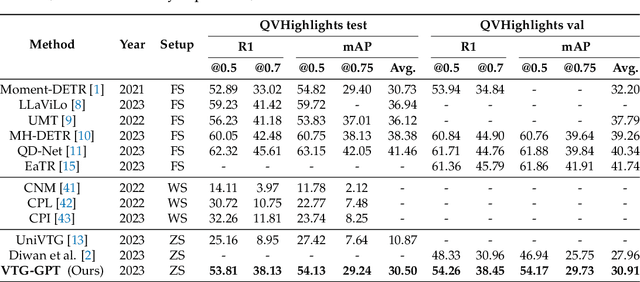
Abstract:Video temporal grounding (VTG) aims to locate specific temporal segments from an untrimmed video based on a linguistic query. Most existing VTG models are trained on extensive annotated video-text pairs, a process that not only introduces human biases from the queries but also incurs significant computational costs. To tackle these challenges, we propose VTG-GPT, a GPT-based method for zero-shot VTG without training or fine-tuning. To reduce prejudice in the original query, we employ Baichuan2 to generate debiased queries. To lessen redundant information in videos, we apply MiniGPT-v2 to transform visual content into more precise captions. Finally, we devise the proposal generator and post-processing to produce accurate segments from debiased queries and image captions. Extensive experiments demonstrate that VTG-GPT significantly outperforms SOTA methods in zero-shot settings and surpasses unsupervised approaches. More notably, it achieves competitive performance comparable to supervised methods. The code is available on https://github.com/YoucanBaby/VTG-GPT
Pyramid Feature Attention Network for Monocular Depth Prediction
Mar 03, 2024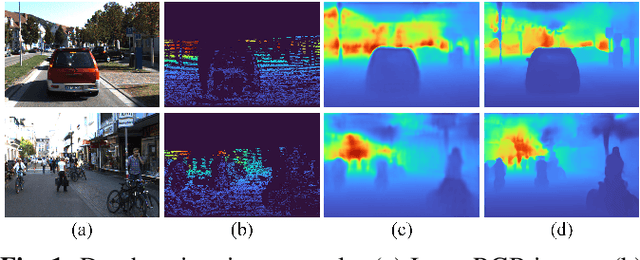
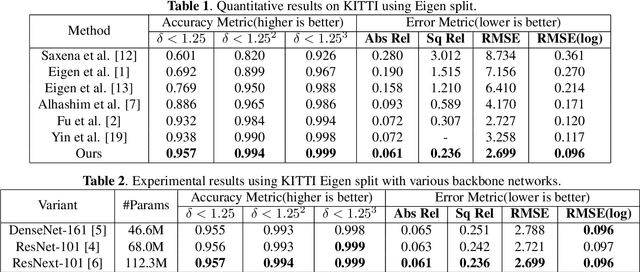
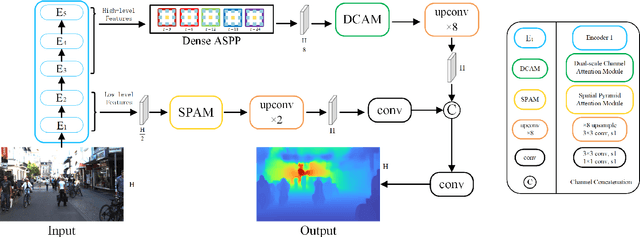

Abstract:Deep convolutional neural networks (DCNNs) have achieved great success in monocular depth estimation (MDE). However, few existing works take the contributions for MDE of different levels feature maps into account, leading to inaccurate spatial layout, ambiguous boundaries and discontinuous object surface in the prediction. To better tackle these problems, we propose a Pyramid Feature Attention Network (PFANet) to improve the high-level context features and low-level spatial features. In the proposed PFANet, we design a Dual-scale Channel Attention Module (DCAM) to employ channel attention in different scales, which aggregate global context and local information from the high-level feature maps. To exploit the spatial relationship of visual features, we design a Spatial Pyramid Attention Module (SPAM) which can guide the network attention to multi-scale detailed information in the low-level feature maps. Finally, we introduce scale-invariant gradient loss to increase the penalty on errors in depth-wise discontinuous regions. Experimental results show that our method outperforms state-of-the-art methods on the KITTI dataset.
MH-DETR: Video Moment and Highlight Detection with Cross-modal Transformer
Apr 29, 2023



Abstract:With the increasing demand for video understanding, video moment and highlight detection (MHD) has emerged as a critical research topic. MHD aims to localize all moments and predict clip-wise saliency scores simultaneously. Despite progress made by existing DETR-based methods, we observe that these methods coarsely fuse features from different modalities, which weakens the temporal intra-modal context and results in insufficient cross-modal interaction. To address this issue, we propose MH-DETR (Moment and Highlight Detection Transformer) tailored for MHD. Specifically, we introduce a simple yet efficient pooling operator within the uni-modal encoder to capture global intra-modal context. Moreover, to obtain temporally aligned cross-modal features, we design a plug-and-play cross-modal interaction module between the encoder and decoder, seamlessly integrating visual and textual features. Comprehensive experiments on QVHighlights, Charades-STA, Activity-Net, and TVSum datasets show that MH-DETR outperforms existing state-of-the-art methods, demonstrating its effectiveness and superiority. Our code is available at https://github.com/YoucanBaby/MH-DETR.
Jitter: Random Jittering Loss Function
Jul 07, 2021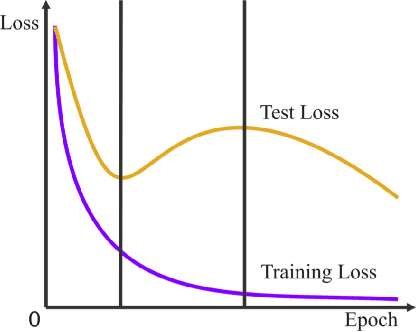

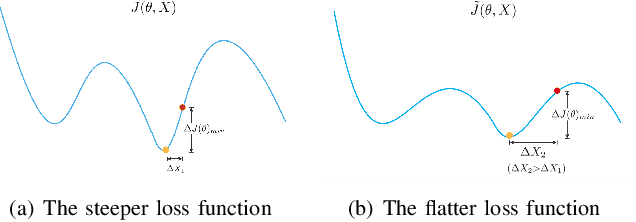
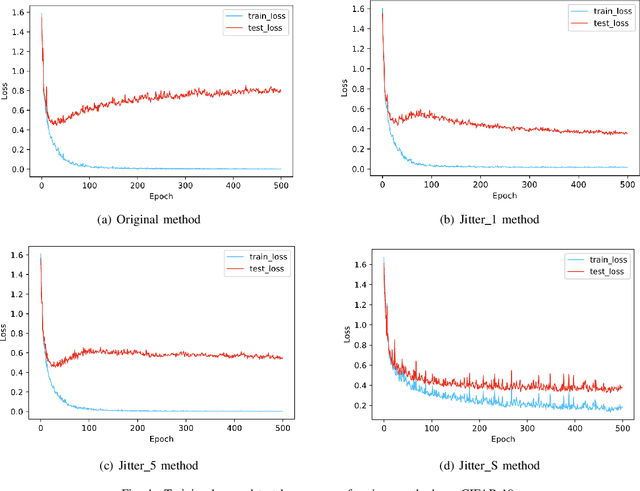
Abstract:Regularization plays a vital role in machine learning optimization. One novel regularization method called flooding makes the training loss fluctuate around the flooding level. It intends to make the model continue to random walk until it comes to a flat loss landscape to enhance generalization. However, the hyper-parameter flooding level of the flooding method fails to be selected properly and uniformly. We propose a novel method called Jitter to improve it. Jitter is essentially a kind of random loss function. Before training, we randomly sample the Jitter Point from a specific probability distribution. The flooding level should be replaced by Jitter point to obtain a new target function and train the model accordingly. As Jitter point acting as a random factor, we actually add some randomness to the loss function, which is consistent with the fact that there exists innumerable random behaviors in the learning process of the machine learning model and is supposed to make the model more robust. In addition, Jitter performs random walk randomly which divides the loss curve into small intervals and then flipping them over, ideally making the loss curve much flatter and enhancing generalization ability. Moreover, Jitter can be a domain-, task-, and model-independent regularization method and train the model effectively after the training error reduces to zero. Our experimental results show that Jitter method can improve model performance more significantly than the previous flooding method and make the test loss curve descend twice.
 Add to Chrome
Add to Chrome Add to Firefox
Add to Firefox Add to Edge
Add to Edge